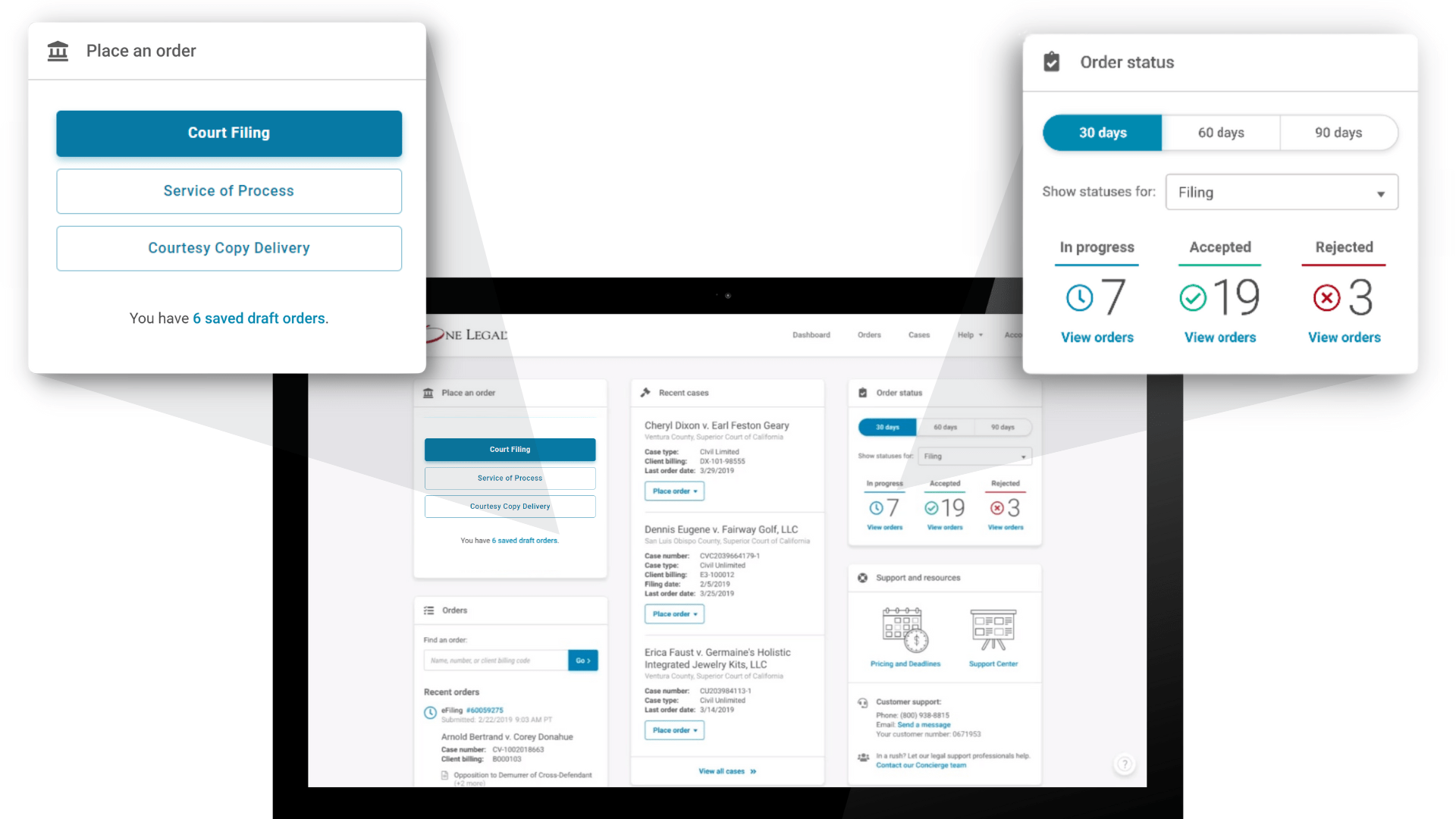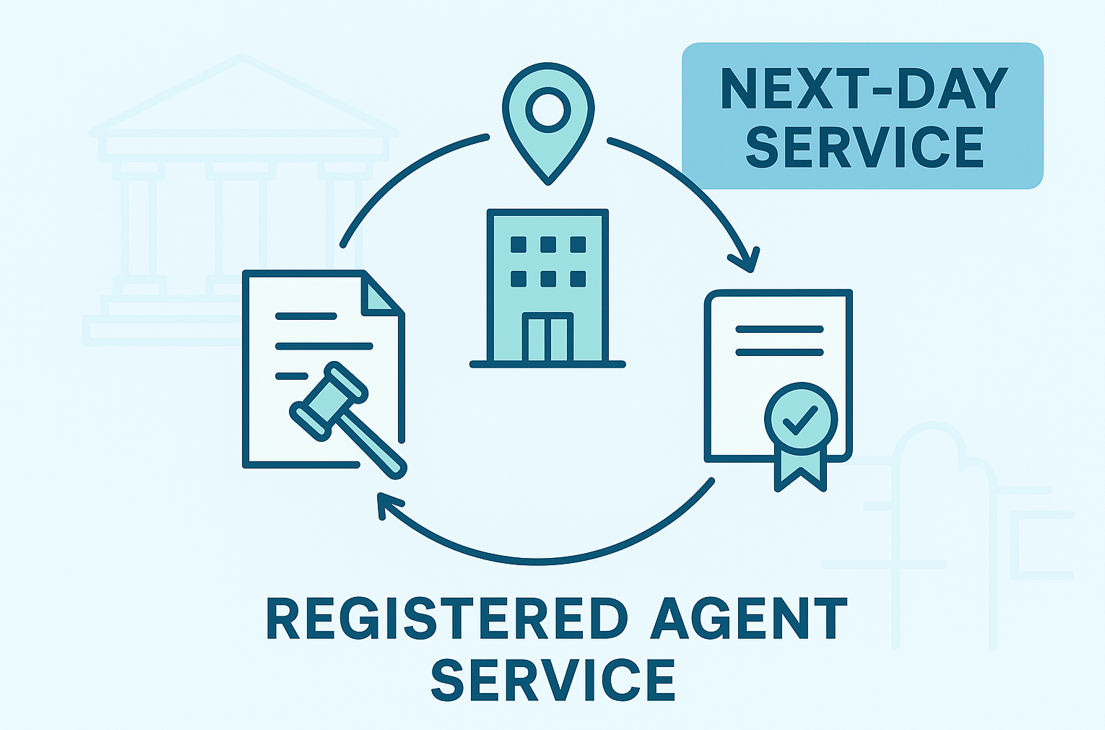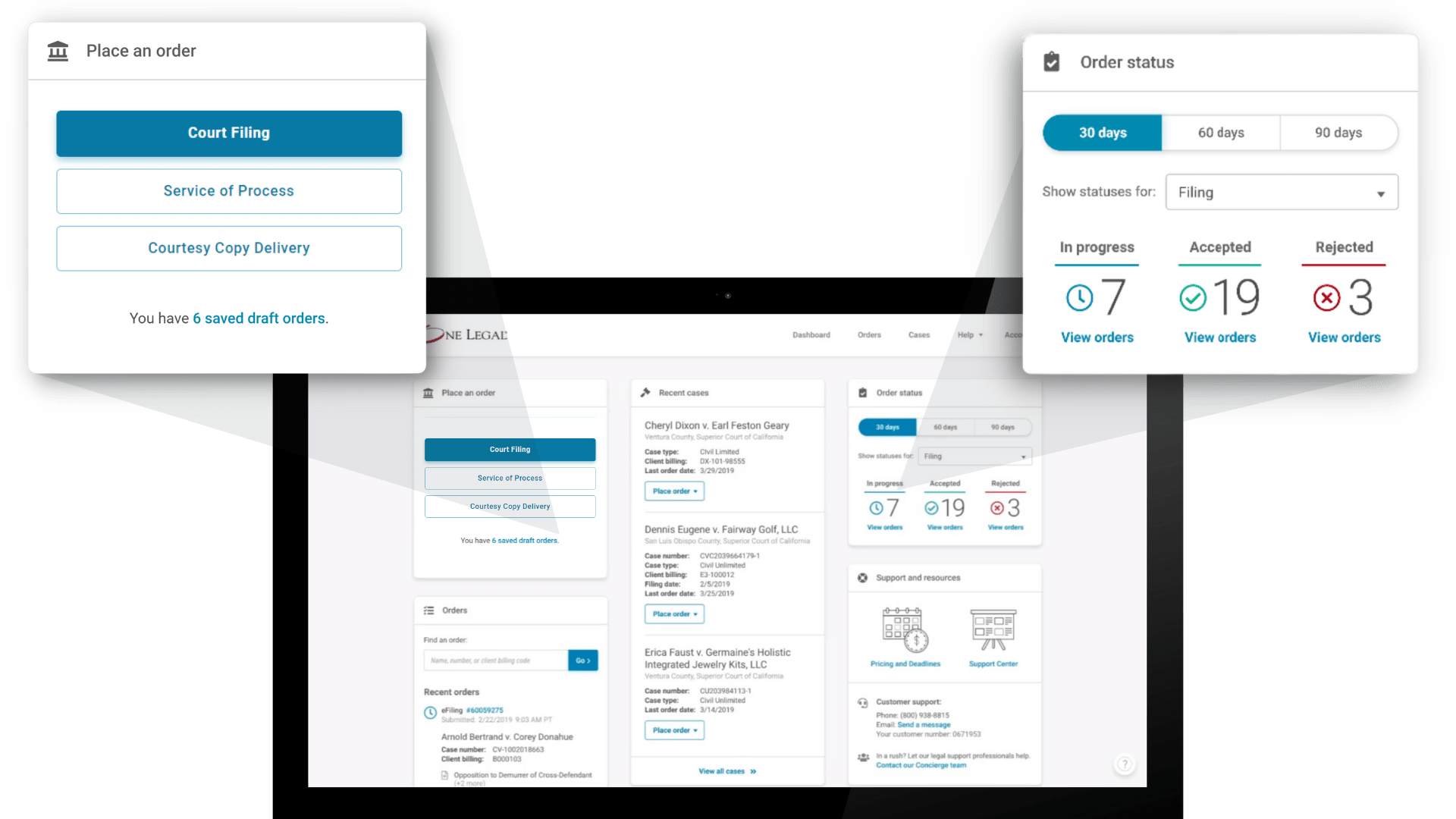Digital transformation in law is now near-ubiquitous and growing each year; it doesn’t seem like all that long ago when a lawyer’s toolkit was entirely different than it is today.
You had your yellow legal-sized notepads, a favorite pen, and stacks and stacks of paper littering your office that someone needed to review, analyze, and organize while you headed over to the legal library to do research in endless rows of dusty law books.
Fast forward 25 years and that pad, pen, and the entire library had been replaced by mobile tech tools like laptop computers, tablets, smartphones, and the internet.
Almost nothing is printed anymore and much of what we do can be done from anywhere.
Notwithstanding how miraculous that is, did you notice that I haven’t even mentioned any of the ultra-modern tech tools yet?
Things like virtual reality (VR), artificial intelligence (AI), and data analytics are further revolutionizing the practice of law.
So, let’s take a look at the latest digital transformations in law and talk a bit about where legal tech is headed in the future.
Tools that are redefining the practice of law
Digital transformation in law isn’t just a cliche – it’s a seismic shift in how legal professionals approach their work.
From streamlining transactions to improving access to justice, the following tools are at the forefront of this evolution.
Blockchain
Blockchain technology is more than just the foundation for cryptocurrencies; it has significant applications in the legal field.
At its core, this technology generates an unchangeable and transparent record of transactions by producing a secure and decentralized ledger.
In legal practice, blockchain often involves smart contracts, which are self-executing agreements with terms written into code.
For example, a smart contract could automatically grant access to a commercially-leased office building once payment of the deposit is verified, which would eliminate the need for scheduling with intermediaries.
Blockchain can also play a pivotal role in intellectual property protection. It can be used to verify proof of ownership and prevent infringement.
Additionally, its ability to maintain a tamper-proof chain of custody is critical in evidence management, particularly in criminal cases.
Artificial intelligence (AI)
If you haven’t heard of all the ways that artificial intelligence (AI) is shaking up the legal profession, you haven’t been paying attention.
Its applications range from automating routine tasks to providing deep insights through predictive analytics.
While the possibilities with AI are nearly endless in this industry, one of its most valuable uses is contract review.
AI-powered platforms can identify key clauses, flag inconsistencies, and suggest revisions; this has the practical effect of cutting hours of manual work to mere minutes.
Similarly, AI-driven legal research tools sift through vast databases to provide relevant case law and statutes with a speed and accuracy that will put your brightest junior associates to shame.
We’ll discuss some of the other key uses of AI in our industry below, but suffice it to say, this tech is changing the entire game.
Virtual reality (VR)
While it might sound like something out of a sci-fi movie, virtual reality (VR) is finding unbelievable applications in law.
Among other things, VR enables lawyers to create immersive crime scene or accident reconstructions so that juries and judges can visualize complex cases in a way traditional methods cannot achieve.
VR is also being used for trial preparation. Attorneys can practice their arguments in a virtual environment, complete with simulated reactions from a jury.
Similarly, law schools are adopting VR for student training, which offers realistic but controlled experiences.
Predictive analytics
In an age where data drives decision-making, legal professionals are increasingly turning to predictive analytics to gain an edge.
Tools that process big data can forecast litigation outcomes, provide insights into how judges or opposing counsel might act in a given case, or even suggest how a firm should proceed with a case in light of its own history with similar cases.
For firms, analytics tools can also be invaluable in understanding client behavior.
By analyzing billing patterns, communication histories, and case outcomes, firms can tailor their services to meet client needs on a more personalized and effective basis.
Process automation
Nobody likes doing boring administrative work over and over.
Fortunately, automation tools are transforming how lawyers handle these repetitive, time-consuming tasks.
For example, case management software can automatically assign deadlines, send reminders, and generate reports (saving time and reducing human error along the way).
Similarly, automated billing platforms make invoicing and billable hour tracking easier than ever before.
One standout use case is document automation, where templates are used to quickly generate contracts, pleadings, or other legal documents.
These tools can save countless hours all while fostering consistency, quality, and compliance with firm standards.
Online dispute resolution (ODR)
One of the greatest benefits of digital transformation in law is the way that it can increase access to justice for people who have traditionally been left out of the system.
Online dispute resolution tools do this by providing a virtual platform for resolving disputes.
For example, ODR platforms can guide parties through negotiations, with built-in tools to help document any agreements they reach.
This is especially beneficial for small claims, family law disputes, and international commercial arbitration.
By reducing the need for physical appearances, ODR is helping courts clear backlogs while making legal services more accessible to everyone.
What the future holds for legal tech
Given the rapid advancement in legal technologies in recent years, it’s hard to imagine that there’s anymore tech innovation to be had.
Nonetheless, the next decade will undoubtedly see legal technology evolve in ways that continue to prioritize efficiency, accessibility, and global connectivity. Here’s what we predict:
The rise of hybrid legal teams
In the future, law firms may employ hybrid teams composed of both legal professionals and technologists.
These teams would collaborate to design customized tools that are tailored to a firm’s specific needs – from custom AI models for industry-specific contract review to blockchain systems for secure evidence storage.
Regulatory and ethical considerations
As legal tech tools have become rapidly integrated into practice, one might argue that regulations and ethical standards have not evolved at the same pace.
For example, blockchain’s decentralized nature raises questions about jurisdictional authority, while AI’s potential for bias could require new guidelines to ensure fairness.
Firms that actively engage with emerging ethical issues will demonstrate marketable thought leadership in the complexities of modern legal practice.
The law firm of the future
Imagine a law firm that is entirely tech-enabled, client-centric, and globally connected.
In this vision of the future, mundane tasks like document drafting and case scheduling are fully automated.
AI assistants provide instant legal research and analytics, while blockchain ensures secure and transparent transactions.
Virtual reality could be used for immersive client consultations and trial preparation. These innovations wouldn’t just improve efficiency – they’d fundamentally change how lawyers interact with clients, courts, and each other.
Strategic adaptation: Integrating tech into practice
Of course, tools like the ones outlined here require more than a one-time investment – they also demand a cultural shift and strategic adaptation.
Law firms that want to reap the full benefits of digital transformation must embrace a forward-thinking mindset and build a tech-positive culture. Here’s how:
Training and upskilling
One of the biggest hurdles to adopting new technology is resistance from legal professionals who are accustomed to old-school methods.
By offering training and ongoing support, firms can give their attorneys and staff confidence in using tools like blockchain or data analytics.
Firms can also invest in hiring tech-savvy professionals or embedding technologists into their teams to bridge the gap between law and technology.
Overcoming cost concerns
Many firms, particularly smaller ones, hesitate to adopt advanced tools due to the perceived high costs.
However, strategic investments in scalable, modular technologies – such as cloud-based platforms and freemium AI tools – can provide significant returns.
These technologies often start with basic features that firms can expand as their needs grow and their budget allows.
Fostering innovation
A tech-driven culture requires fostering innovation at every level.
Leadership can play a critical role by encouraging experimentation with new tools and promoting an environment where failures are seen as learning opportunities.
By embracing a mindset of open communication and technological curiosity, law firms can pull ahead of competitors who refuse to embrace change.
Conclusion
Digital transformation in law is undeniably reshaping every facet of practice.
Tools like blockchain, AI, and process automation are no longer optional add-ons but essential components of modern law firms.
Embracing these technologies allows firms to improve efficiency, enhance client satisfaction, and stay competitive in an increasingly tech-driven market.
True transformation requires more than technology, however. It demands strategic adaptation, continuous learning, and a willingness to innovate.
As we look to the future, it’s clear that the firms that succeed will be those that embrace the opportunities of legal tech while addressing the challenges it brings head on.
The legal field is at a crossroads. Will it cling to tradition, or boldly embrace the tools that can transform it for the better? The choice is yours, but the future is undeniably digital.








